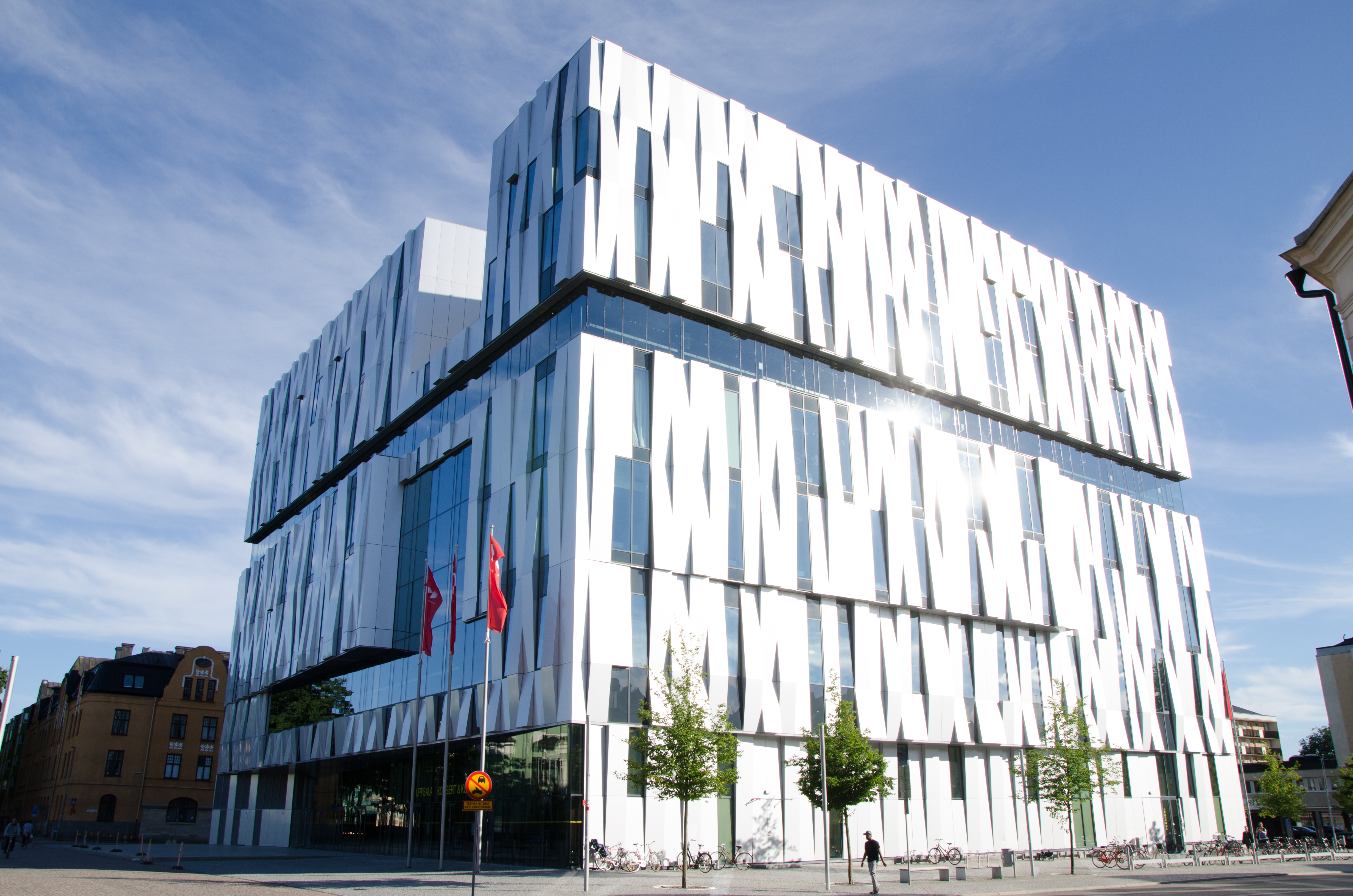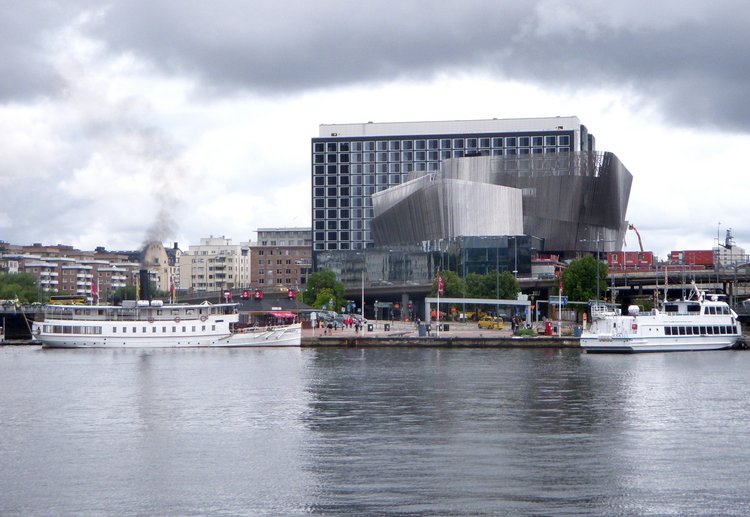Prominent 21st century architecture in Sweden
21st century cultural and civic buildings in Sweden offer both place-based and neo-modernist styles.

White Arkitekter’s ‘Water Front’ congress and concert hall (2011); Tham & Videgård’s Malmö Modern Museum (2009) and Kalmar Museum of Art (2008); Henning Larsen’s ‘Uppsala Crystal’ congress and concert hall (2007); Gert Wingårdh’s Universeum Science Centre (2001) in Gothenburg; Schmidt Hammer Lassen’s ‘Malmö Live’ conference and concert hall (2015), and Kiruna town hall (2018) - all of these are exemplary recent Swedish civic and cultural works.
Expressive, explorative works include: Tham & Videgård’s Tellus Nursery School (2010) and KTH School of Architecture (2015); Carmen Izquierdo’s Cathedral Forum (2011) in Lund; Jais Arkitekter’s Bohus 5 tower (2014) in Malmö; and, BIG’s 79 & Park housing (2018) in Stockholm.

White Arkitekter, 'Water Front' congress and concert hall (2011), Stockholm. Framed by the gridded office and hotel block, this highly visible waterfront complex has a free-form billowing metal veil that animates and articulates the congress and concert hall. Photo: Holger Ellgaard (CC BY-SA 3.0)
Wingårdh Arkitektur’s thatched roofed Tåkern visitor centre (2012) in Glänås is a place-based work, whereas their Victoria Tower (2011) in Kista, the Ericsson headquarters (2010) and Spira theatre complex (2011) in Jönköping, and the Chalmers education building (2011) in Gothenburg are neo-modernist in execution. While White Arkitekter’s office building in Gamla Stan (2003) and Lund University Centre for Languages and Literature (2003) are neo-modernist, their Lindholm Science Park (2002-on) and art campus at the University of Umeå (2012) are more culturally referenced works.